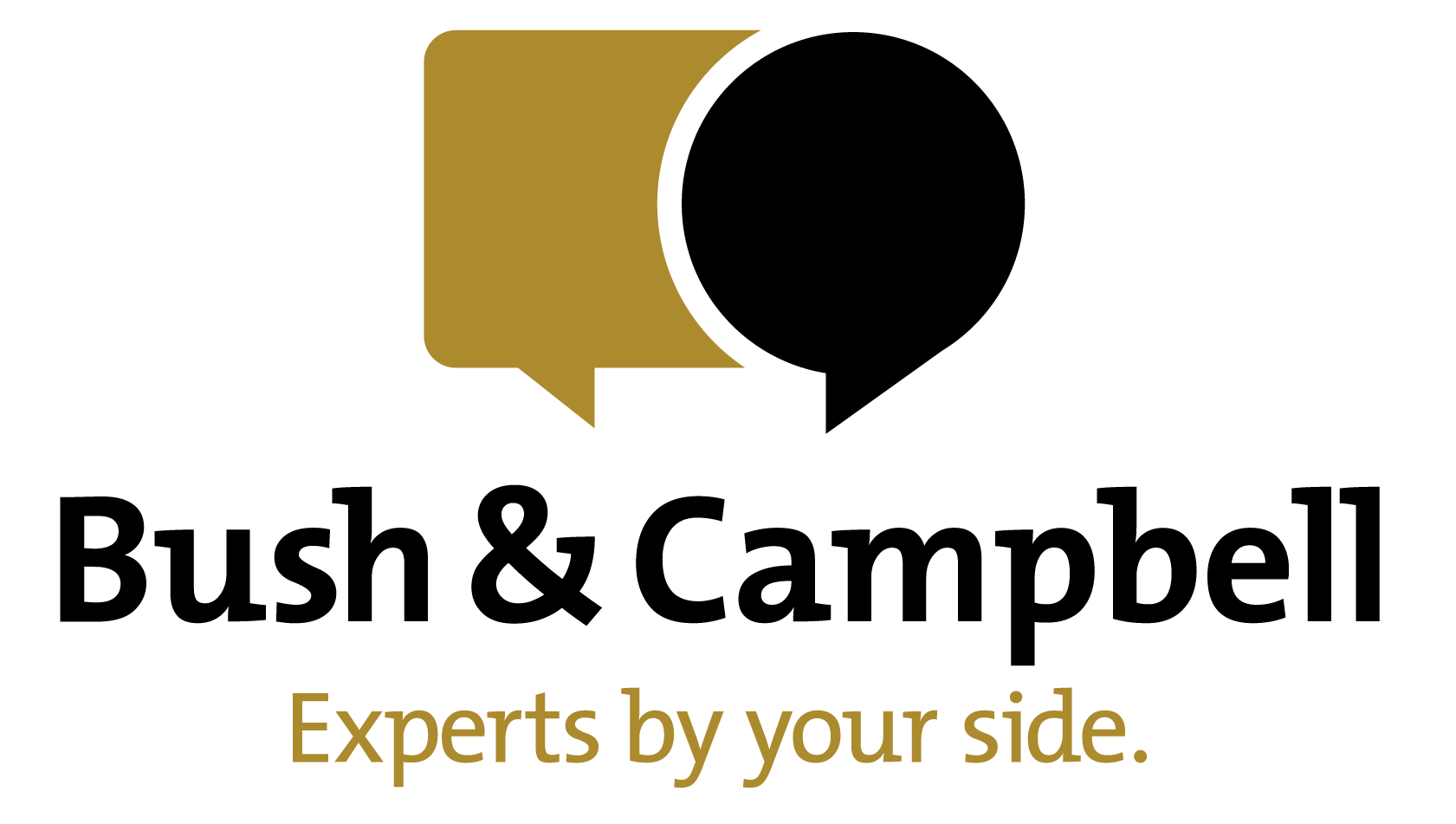Coronavirus Special Update
The Government’s Stimulus Package in response to the Coronavirus & income support
for individuals:
Various measures have been introduced so as to provide a 'safety net' for individuals who are financially impacted by the Coronavirus.
Amendments to NSW Long Service Leave Act
The two changes that were passed by the NSW Parliament late yesterday mean that:
1. Employers no longer need to give a months' notice to employees to take long service leave once they have accrued leave (10 year service) if the employee agrees.
2. If an employer and employee agree to give and take leave in advance, the period of leave no longer needs to be of at least one month, but can be of a period shorter than a month.
Employers looking to rely on their Long Service Leave provisions to keep employees ‘in pay’ while managing business slow down caused due to COVID-19, should now consider how these changes might help them.
The new Coronavirus Supplement
A new six-month 'Coronavirus supplement' of $550 per fortnight will be paid to individuals who are currently eligible for certain income support payments, including the:
Jobseeker Payment;
Youth Allowance; and
Parenting Payment (Partnered and Single).
Furthermore, it appears that this new (additional) supplement will be paid to eligible individuals as part of their existing income support payments (e.g., Jobseeker Payment and Youth Allowance).
Expanding Access & Eligibility to Certain Income Support Payments
For the period that the Coronavirus supplement is paid, the Government will also expand access to certain income support payments (e.g., the Jobseeker Payment, the Youth Allowance Jobseeker and the Parenting Payment) for eligible individuals.
For example, a new category of Jobseeker Payment and Youth Allowance Jobseeker, will become available for eligible individuals financially impacted by the Coronavirus.
According to the Government, this could include, for example; permanent employees who are stood down or lose their employment; sole traders; the self-employed; casual workers; and contract workers who meet the income tests, as a result of the economic downturn due to the Coronavirus.
Additionally, asset testing for the JobSeeker Payment, the Youth Allowance Jobseeker and the Parenting Payment will be waived for the period of the Coronavirus supplement. Income testing will still apply to the person’s other payments, consistent with current arrangements.
Tax-Free Payments of $750 to Eligible Recipients
The Government will be providing two separate $750 tax-free payments (referred to as ‘economic support payments’) to social security, veteran and other income support recipients and to eligible concession card holders.
The first $750 payment will be available to individuals who are residing in Australia and are receiving an eligible Government payment, or are the holders of an eligible concession card, at any time from 12 March 2020 to 13 April 2020 (inclusive). This payment will be made automatically to eligible individuals from 31 March 2020.
The second $750 payment will be available to individuals who are residing in Australia and are receiving one of the eligible Government payments, or are the holders of one of the eligible concession cards on 10 July 2020 (except for those receiving an income support payment that qualifies them to receive the $550 fortnightly Coronavirus supplement). This payment will be made automatically to eligible individuals from 13 July 2020.
Each of the $750 payments will be exempt from income tax, and will not count as income for the purposes of Social Security, the Farm Household Allowance and Veteran payments.
Reducing Social Security Deeming Rates
From 1 May 2020, the Government will be reducing both the upper and lower social security deeming rates by a further 0.25 percentage points. This is in addition to the recent 0.5 percentage point reduction, resulting in an overall reduction to the social security deeming rates of 0.75 percentage points.
On this basis, as of 1 May 2020, the upper deeming rate will be reduced from 3% to 2.25%, and the lower deeming rate will be reduced from 1% to 0.25%.
Cashflow Assistance for Business
The Government is also providing cash flow assistance for eligible businesses in the form of two separate measures.
Boosting Cashflow Assistance for Businesses
Small and medium-sized businesses, and not-for-profit entities, with an aggregated annual turnover of less than $50 million (usually based on their prior year’s turnover), that employ people, may be eligible to receive a total payment (in the form of a refundable credit) of up to $100,000 (with a minimum total payment of $20,000), based on their PAYG withholding obligations in two stages:
Stage One: Payment - Credit
Commencing with the lodgement of activity statements from 28 April 2020, eligible employers that withhold PAYG tax on their employees’ salary and wages, will receive a tax-free payment equal to 100% of the amount withheld, up to a maximum of $50,000.
Eligible employers that pay salary and wages will receive a minimum (tax-free) payment of $10,000, even if they are not required to withhold PAYG tax.
The tax-free payment will broadly be calculated and paid by the ATO as an automatic credit to an employer, upon the lodgement of activity statements from 28 April 2020, with any resulting refund being paid to the employer.
Stage Two: Payment - Credit
For employers that continue to be active, an additional (tax-free) payment will be available in respect of the June to October 2020 period, based on the amount received in the first stage above. Eligible businesses will receive 50% of the amount from stage one as a credit on their June 2020 activity statement and a further 50% credit of the stage one amount on their September 2020 activity statement (thereby receiving 100% in total of the payment from stage one over the following period).
Again, the ATO will automatically calculate and pay the additional (tax-free) payment as a credit to an employer upon the lodgement of their activity statements from July 2020, with any resulting refund being paid to the employer.
Wage Subsidies for Apprentices & Trainees
Employers with less than 20 full-time employees, who retain an apprentice or trainee (who was in training with the employer as at 1 March 2020) may be entitled to Government-funded wage subsidies.
These will be equal to 50% of the apprentice’s or trainee’s wage paid during the nine months from 1 January 2020 to 30 September 2020.
The maximum wage subsidy over the nine-month period will be $21,000 per eligible apprentice or trainee.
Employers can register for the subsidy from early April 2020.
Increasing the Instant Write-Off Threshold
Broadly, the depreciating asset instant asset write-off threshold will be increased from $30,000 (for businesses with an aggregated turnover of less than $50 million) to $150,000 (for businesses with an aggregated turnover of less than $500 million) until 30 June 2020.
The measure applies to both new and second-hand assets, first used or installed ready for use in the period beginning on 12 March 2020 (i.e., the date on which this measure was announced) and ending on 30 June 2020.
Accelerating Depreciation Deductions for New Assets
Broadly, a new time-limited 15-month investment incentive (available for eligible assets acquired from 12 March 2020 up until 30 June 2021) will also be introduced to accelerate certain depreciation deductions for businesses with an aggregated turnover below $500 million.
The amount that an eligible entity can deduct in the income year in which an eligible depreciating asset is first used or installed ready for use is:
50% of the cost (or adjustable value where applicable) of the asset; and
the amount of the usual depreciation deduction that would otherwise apply (if it were calculated on the remaining cost of the asset).
Different rules will apply where an SBE is using the general small business pool (i.e., for assets not qualifying for the instant asset write-off). In this case, an SBE may deduct an amount equal to 57.5% (rather than 15%) of the business-use portion of the cost of an eligible depreciating asset, in the year it is allocated to the pool.
Unless specifically excluded, an eligible asset is a new asset that can be depreciated under Division 40 of the ITAA 1997 (i.e., plant and equipment and specified intangible assets, such as patents), where the asset satisfies all of the following conditions:
The asset is new and has not previously been held (and used or installed ready for use) by another entity (other than as trading stock or for testing and trialling purposes).
No entity has claimed depreciation deductions (including under the instant asset write-off) in respect of the asset.
The asset is first held, and first used or installed ready for use, for a taxable purpose, between 12 March 2020 and 30 June 2021 (inclusive).
Note that a depreciating asset is not an eligible asset where a commitment to acquire or construct the asset was entered into before 12 March 2020.



